Honing machine overview

Honing machines are a production complex created for the final processing of parts... In the role of processing tools, abrasive bars are practiced, fixed in honing heads (honing heads), performing rotational and repeated linear movement up and down or back and forth. This type of aggregate belongs to the metal-cutting grinding and lapping group.
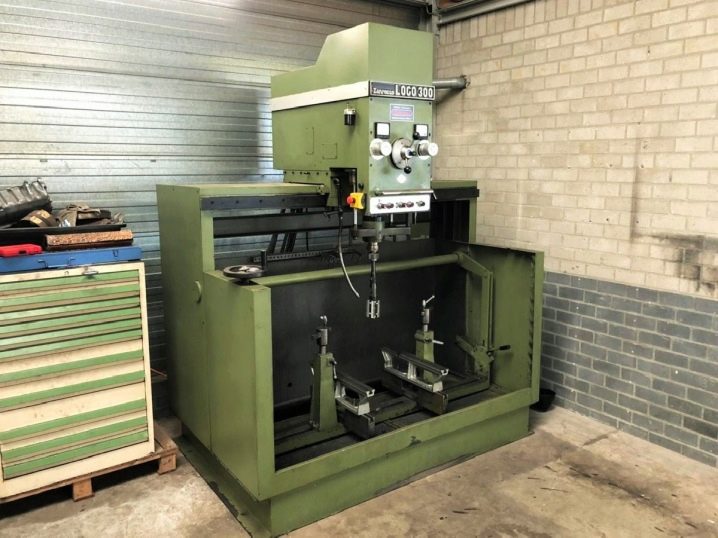
They are practiced in both mass and serial production.
general description
Honing (honing, applying hone, honing polishing) is the surface treatment of metal products with diamond grit... It has received priority use in the grinding of cone-shaped and cylinder-shaped products. The resulting value of the surface roughness corresponds to the quality of finishing turning or grinding with a fine-grained grinding wheel. Only by honing can the desired effect be achieved when working with a cylinder block. There must be lubricant at the points of contact between the parts, held together by a specially created honing mesh.
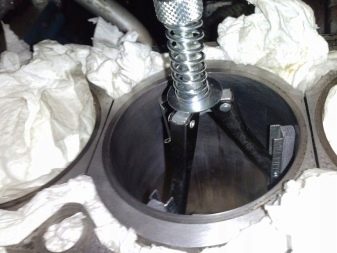
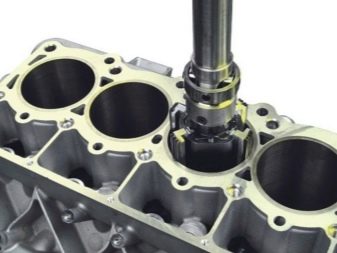
The tools used for honing polishing are called hones. These are stones or bars that are located along the contour of the base. In the course of work, they wear out, in this regard, the structure of the clip suggests the possibility of their rotation.
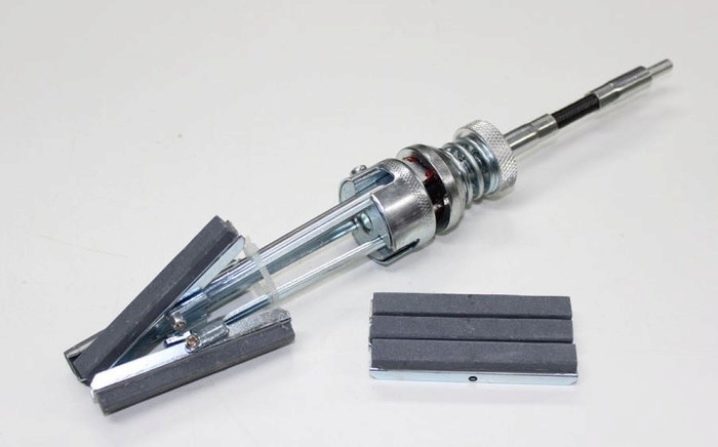
For the application of hone, specialized units are used. These are devices with horizontal or vertical placement of the spindle axis. Each of them has its own purpose, taking into account the work performed.
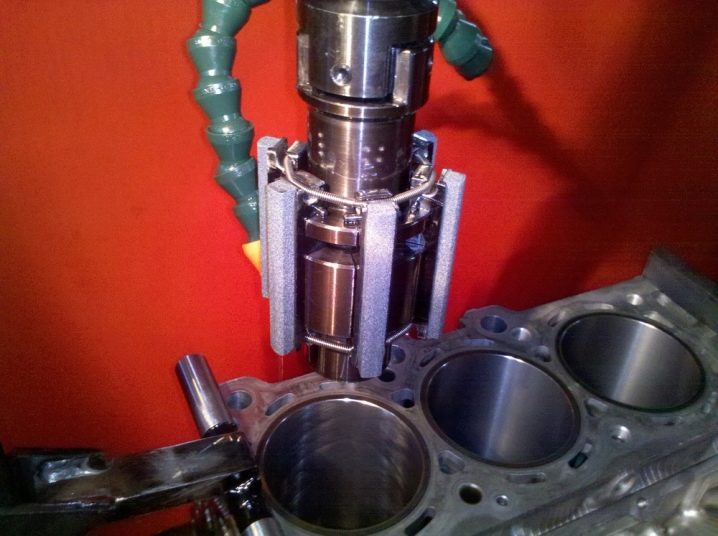
The honing equipment is narrow-profile. The creation of multifunctional machines is a thing of the past.
Machine tools
In the traditional version, there are such machine units.
-
Frame. It is a steel frame made of welded rectangular pipes. At the top is a protective casing.
-
Linear guides with two end guides. They are needed to control the movement of the carriage within the established boundaries.
-
Moving carriage.
-
Honing tools.
-
Coolant pump
-
Clamping device.
-
Electrical equipment.
-
Control Panel.
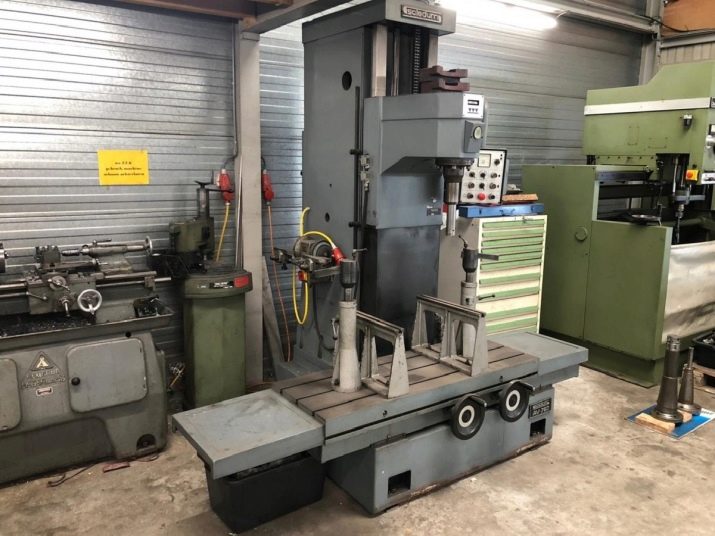
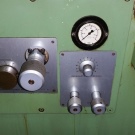
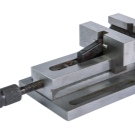
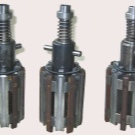
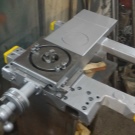
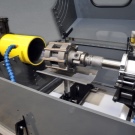
There are several methods of honing.
-
Dry... This technology does not involve cutting fluid (coolant).
-
Vibration... This is a way where mechanical vibrations provide additional assistance.
-
Electrochemical... The process involves not only mechanical forces, but also an electrochemical factor.
-
Extrusion abrasive processing.
-
Platohoned (flat top honing polishing).
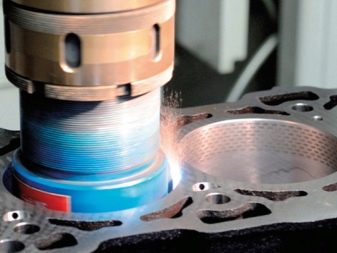
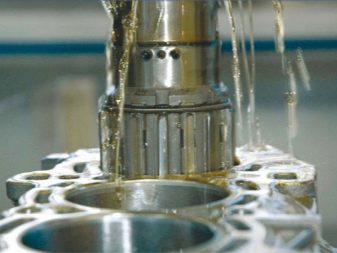
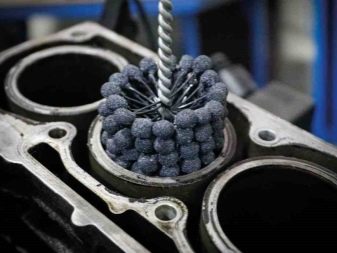

Flat-top honing in relation to ordinary honing has its own distinctive features. Practiced for cylinder block machining. There is an oil-filled gap between the rings and the cylinders. It is formed involuntarily during the first time the motor is running. For this, by means of flat-top honing polishing, the surface layer of the parts in contact with each other becomes loose. In the course of work, it is abraded, and the parts are firmly adjacent to each other. The minimum remaining clearance is filled with oil.
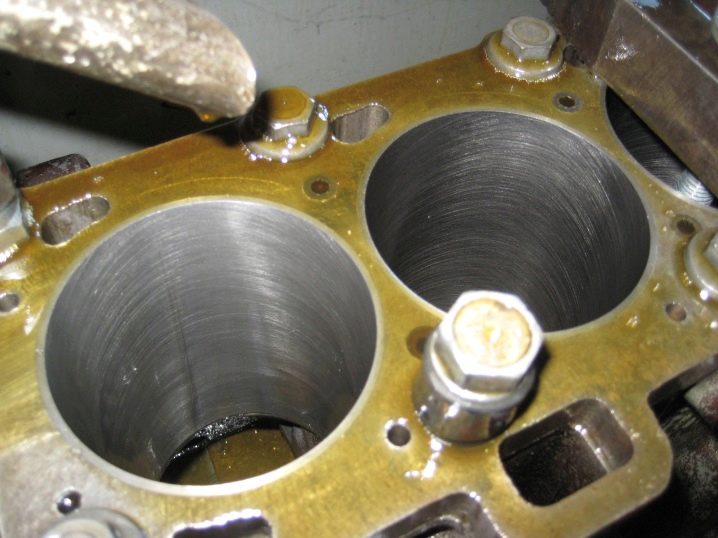
To do this kind of work at home, you need manual honing tools.
Specifications
The main technical characteristics that honing units must have.
-
Accuracy classes. In total, there are 5 of them - from H (normal accuracy) to C (ultra-high accuracy). Many models of honing units are manufactured in H and B (normal and high) accuracy classes.
-
Honing Dimensions... In this case, it is the largest and smallest diameter of the hole to be machined.
-
Honing length. This characteristic is taken into account only if the intended holes to be machined are too long.
-
Spindle travel limit. As in the previous case, it is taken into account only when the length of the hole to be machined is too long.
-
Table working surface dimensions... This characteristic is taken into account only when the workpiece is large.
-
Spindle speed. This parameter must be taken into account in case of high technical requirements for hole machining. The final surface accuracy depends on the spindle speed.
-
Electric motor power... For harder workpiece materials, a honing unit with a high motor power is required.
-
Other technical characteristics. For example, the distance from the instrumentation (hone) to the surface of the table and the workpiece, the power of the cooling system, the presence of digital computing devices for control (CNC).

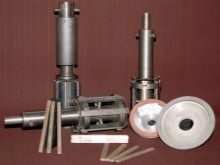
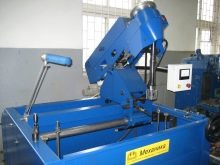
Additionally, one should take into account the characteristics of the hydraulic system with which these units are provided.... To maintain its normal functioning, it is necessary to regularly check the condition of the hydraulic cylinders, to keep under control the value of the greatest excess pressure in them.
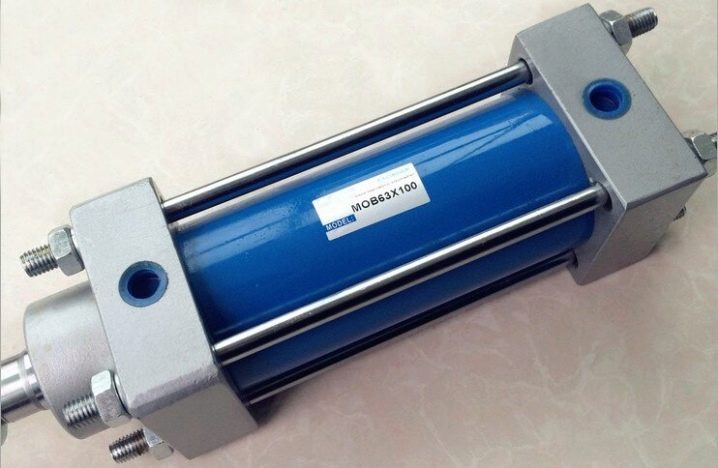
Species overview
Taking into account the design features, there are the following types of honing units.
By location of the spindle axis:
-
vertical;
-
horizontal;
-
to perform special honing, specialized oblique modifications are practiced.

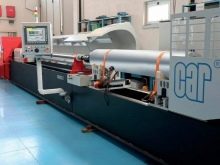
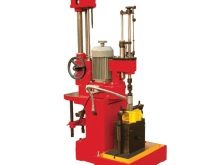
By the number of spindles:
-
single-spindle units;
-
multi-spindle machines.
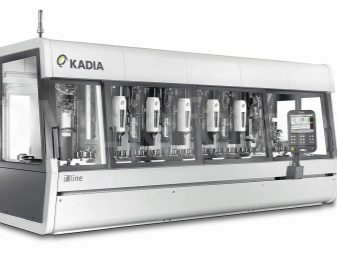
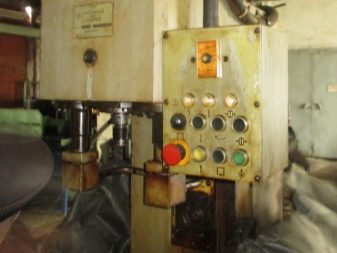
Honing of ordinary products is done on single-spindle units, multi-spindle units are practiced for processing parts of complex configuration.
These units are used in most cases for machining holes in gear wheels, connecting rods, cylinder blocks, liners and other parts. The honing procedure involves machining parts with a roughness parameter Ra = 0.32-0.04 μm and corrects configuration deviations (taper, ovality error, etc.).
Parts are processed with the supply of coolant (emulsion, mineral oil, kerosene). As we already know, machines are made for honing internal, less often external surfaces with horizontal and vertical placement of one or more spindles.
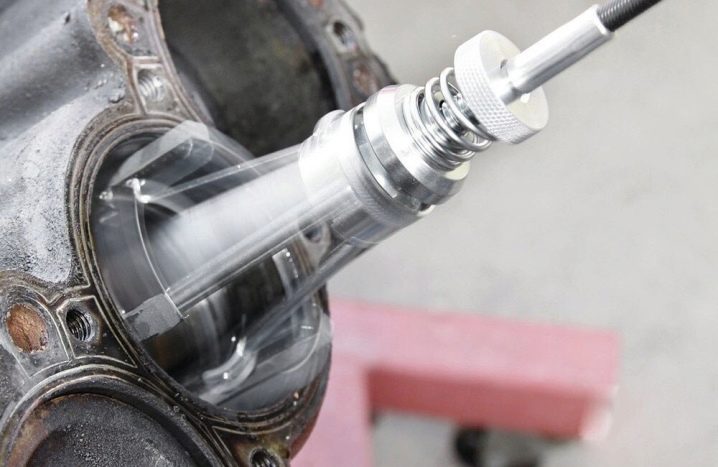
Horizontal spindle machines
Horizontal honing units are used for honing long pipe-type workpieces. The honing length is up to 10 thousand millimeters, the outer diameter of the part is up to 1 thousand millimeters. In most cases, these parts are figures of revolution, however, their accurate processing on ordinary turning units is problematic due to the high ratio of length to diameter.
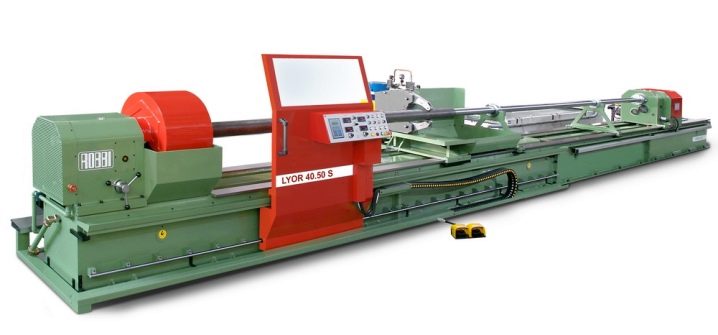
Vertical spindle
Vertical honing units are used for machining parts in which holes are located vertically, in addition, for parts with a small hole depth or small diameter, which is convenient to place in a vertical position.
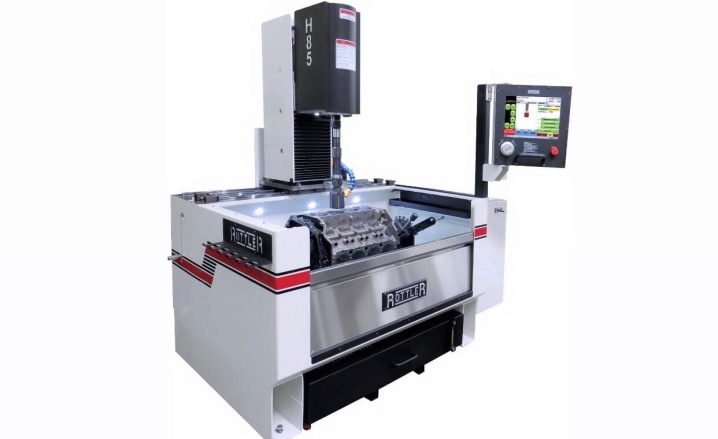
The machines are ideal for mass and batch production as they are easy to integrate into an automatic line.













The comment was sent successfully.